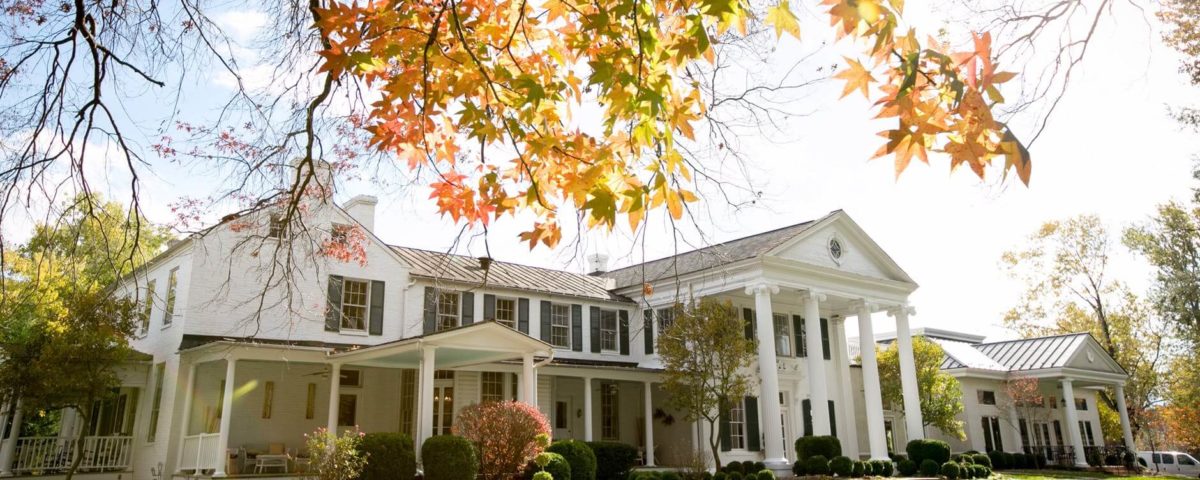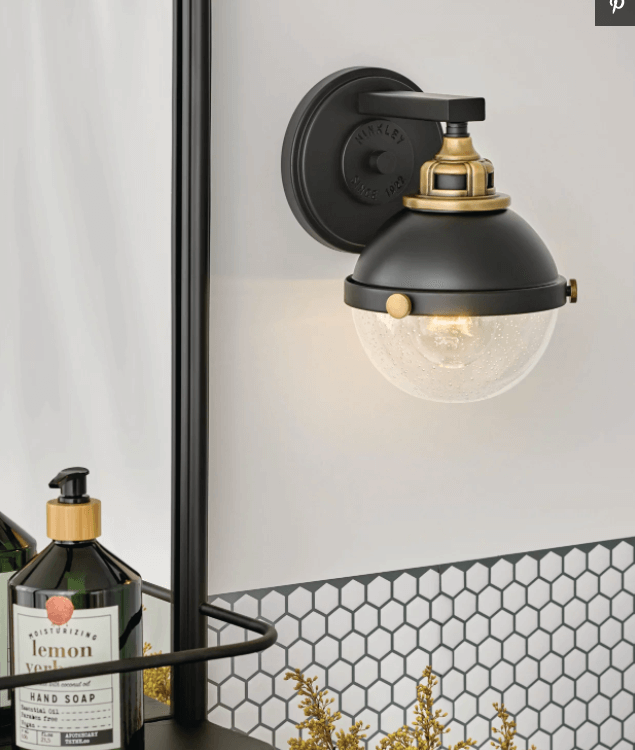- Have any questions?
- 778-522-2225
- advancedrenosolution@gmail.com
5 Safety Upgrades to Make Before Winter Hits

Finding the Right Pro: All About Residential Locksmiths
October 16, 2018
Four Steps to a Successful Move with Kids
October 29, 2018This is a guest post from Emily Long. Emily is a freelance writer based in Salt Lake City, Utah. She covers personal finance, security, and home improvement.
Winter is coming, folks—you’ll have colder temperatures, ice, and snow to worry about. For many, the season also means lots of holiday gatherings and time spent indoors with family, so you’ll want to make sure your home is in good shape.
Here are some key safety upgrades and maintenance for you to squeeze in before winter hits.
Clear Your Gutters
First up, take some time while the weather is still pleasant and clean your gutters. Clogged gutters can prevent rain and melting snow from draining properly, which can cause a number of serious issues.
One problem you may face is the formation of ice dams, ridges of ice that keep snowmelt and other water from draining properly. This water can build up and leak back into your home, damaging ceilings, walls, and insulation. Clogged gutters can also pose a fire hazard by allowing ignitable material like dry leaves to build up.
You can clean your gutters yourself (don’t get too excited) using gutter tools to make the process easier. You can also hire someone to clean them for you. Either way, this task should definitely be a priority.
Inspect Your Roof
After clearing your gutters, check over the rest of your roof. What you’re looking for are holes, debris, and damaged or missing shingles. The dangers here are similar to clogged gutters: ice dams and leaks. Plus, holes in your roof could let cold air seep in, making your heater work that much harder and causing your gas or electric bill to go, well, through the roof.
Minor repairs are possibly fine to do yourself—provided you know what you’re doing—but for anything major, let a pro handle it. Your roof is one of the main barriers between your home and the elements, so you don’t want to compromise it in any way.
Check Your Fire Extinguisher (or Purchase a New One)
Winter means colder temperatures, which means more time spent indoors. It also means the holidays are coming with personal gatherings, lots of cooking, and plenty of time spent around the fireplace or maybe a fire pit in the backyard. All these activities can increase the risk of a fire.
Having a working extinguisher at home can help you avoid a disaster at your festive gatherings. If you own one already, make sure it’s still pressurized. You can have it checked professionally if you’re not sure. If you don’t have a fire extinguisher, get one! You can find a surprising number of household fire extinguishers on the market. You’ll also want to make sure you and anyone you live with know how to use it properly.
Clean Your Chimney
Speaking of fire safety, if you have a chimney, make sure to have it inspected and cleaned if necessary. A dirty or damaged chimney can prevent smoke and harmful gases from exiting your home and can also pose a fire hazard itself.
Chimney inspection and sweeping is definitely a job for a professional. In addition to the dangers of getting on your roof, the chemicals and buildup in a chimney can be hazardous. Plus, a pro will know what to look out for. The Chimney Safety Institute of America (CSIA) sets national safety standards that chimneys should be kept up to. The CSIA can also help you find a certified professional chimney sweep to perform an inspection.
Install Smart Smoke Detectors
Finally, to further protect your home against fire and carbon monoxide, consider replacing your smoke detectors with smart models, like the Nest Protect. These Wi-Fi connected smoke alarms offer several benefits over standard models:
They can send alerts to your smartphone, notifying you of an alarm even if you’re not home.
You can silence false alarms from your phone, without needing to search for the right unit (and getting a headache in the process).
You can get low-battery alerts on your phone as well, so you won’t have to worry about hunting for that random chirping smoke detector in the middle of the night.
Whether you choose the Nest or go for another brand, make sure it also detects carbon monoxide. CO poisoning is an unfortunately common event, and the winter months have the highest fatalities.
With these simple safety tasks taken care of, you’ll be free to focus on the fun and enjoy the season without worry.
This is a guest post from Emily Long. Emily is a freelance writer based in Salt Lake City, Utah. She covers personal finance, security, and home improvement.



